
Animal Care
Animal Care
Human have diverse interactions with other animals species. Basic care principles can be applied across situations.
Learning Objective: Describe the basic tenants of animal care, including addressing limited resources and continual threats.
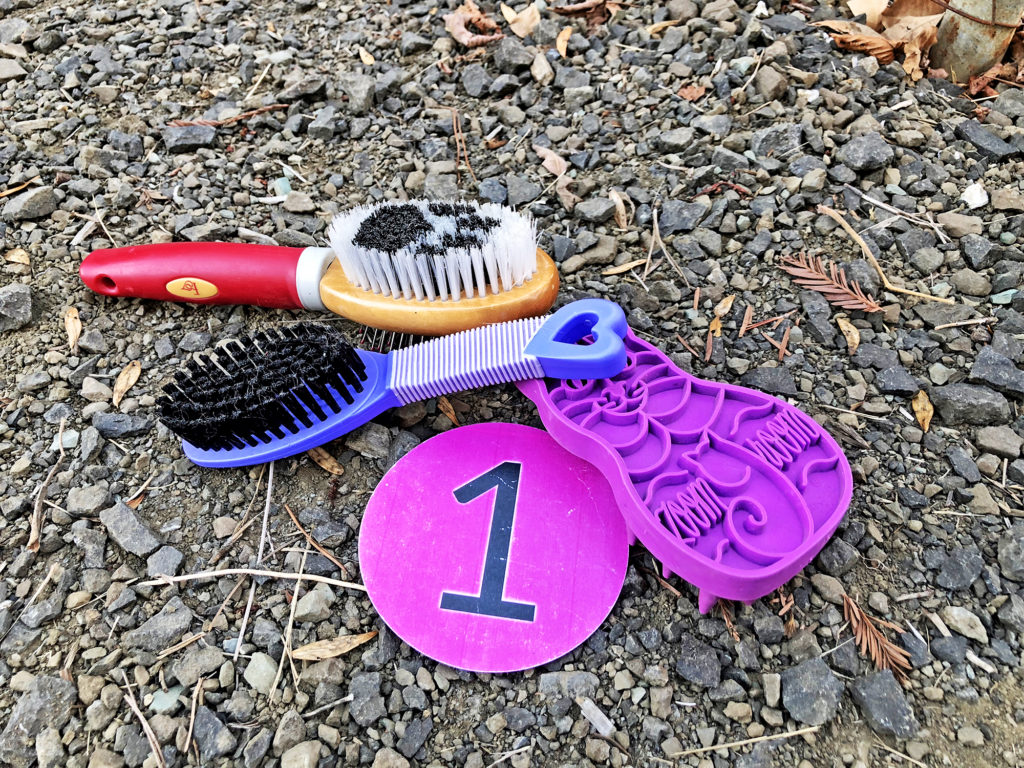
The fitness (survival and reproduction) of wild animals is impacted by two groups of factors:
Limited Resources
-
Food/water
-
Territory
-
Potential mates
Continual Threats
-
Parasites
-
Predators
-
Environmental Change
Animal husbandry (care and breeding) attempts to maximize resources and remove potential threats.
Food & Water
Territory (space)
Potential Mates
Reduce Parasites
Remove Predators
Control Climate
Effective animal care requires continual observation and assessment of conditions.
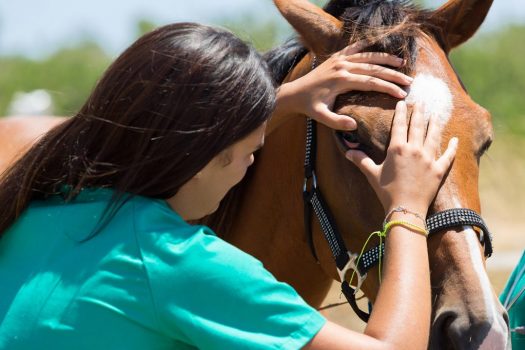
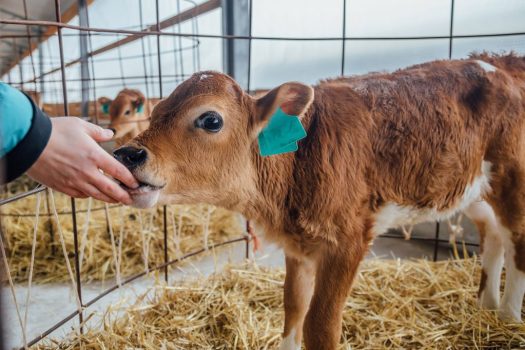
Often adjustments are made as an animal advances through life stages, whether it is early development or advanced aging.
Caretakers themselves also experience changing conditions and need to assess motivation, time, and resources. Some species can live many years and need more than one generation of caretakers.
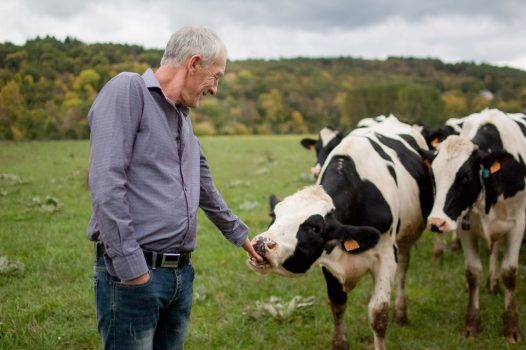
In many cases, having two or more of an animal reduces the amount of care required, as the animals can interact with each other rather than depending on a caretaker for social interactions.
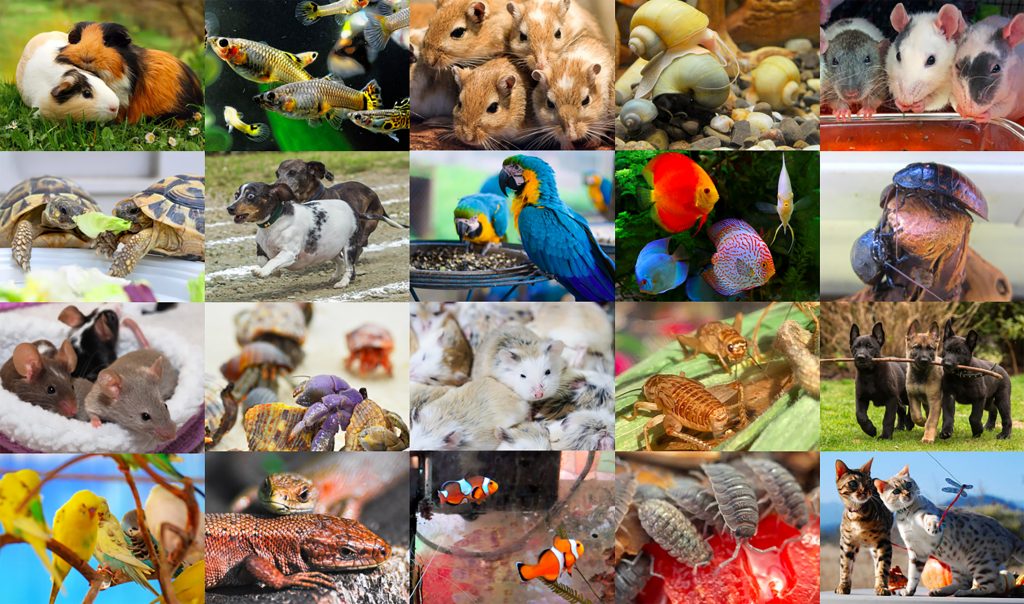
Typically adequate care is more likely when an animal is positively responsive. Cats purr, knead, and make gestures that elicit and reinforce human behaviors.
Animal care of mammals is often a higher quality than care of other vertebrates.
Let’s look at the care of animals that often elicit negative responses: snakes.
In the two photos below, both species of reptiles are alert and grouped together. Do you find one group more appealing than the other? It probably is not a surprise that most people rank lizards as “cuter” than snakes. This appeal (or lack of) can impact care.
The majority of pet snakes are kept in containers in which they can not fully stretch out their bodies or exercise muscles; conditions that people would generally find unacceptable for mammals or even other reptiles.
Some snake owners set up elaborate vivariums, living habitats snakes can roam. However, snakes are frequently kept in conditions with limited resources and potential threats like inadequate heating or veterinary care.
Snake food in captivity is also often limited, in part due to the costs and difficulty in acquiring and storing sufficient amounts of live prey. This snake is “mouth gaping,” which may be a stretch in preparation to engulf food, but may also be a yawn.
Some snake species are social, but they are often kept individually as pets. This reduces cost, but may also increase stress and decrease life expectancy.
You may not keep pet snakes, but you find shed skins along rocky trails.
In some cases, animal care requires monitoring a population of animals over generations.
Dubia roaches are popular as a food source for medium sized pet reptiles.
Flour beetles raised as food for small carnivores.
Animals often require different foods at different life stages. Changes can be dramatic, essential (required) dietary nutrients can shift over time.
Hornworm larvae are sold as food for larger reptiles, but can also be raised on their own through their pupal and adult stages.
Some foods, like hornworm larvae food, have to be prepared fresh on a regular basis.
When taking care of animals, consider:
This might not be the most important moment in your day,
but it may be the most important moment in the animal’s day.
Start Your Media Assignment here
Select an animal you would potentially take care of over an extended period of time. This could be livestock, a companion animal, a wild population you are assisting, or a wild animal that is being rehabilitated. This can be an animal you have already used in a course assignment or a new animal.
Develop a long-term care plan for the animal, it can be in bulleted checklist or paragraph form. Include in your plan:
-
How you will address potentially limited resources like food, water, and housing.
-
How you will address continued threats like diseases or potential predators (if any)
-
Whether care will need to be adjusted for different life stages, for example, an aging animal.
-
How you will stay consistent with care over time as your life changes.
Upload your plan to Canvas when it is completed. This could fit into multiple outcomes in the final portfolio.
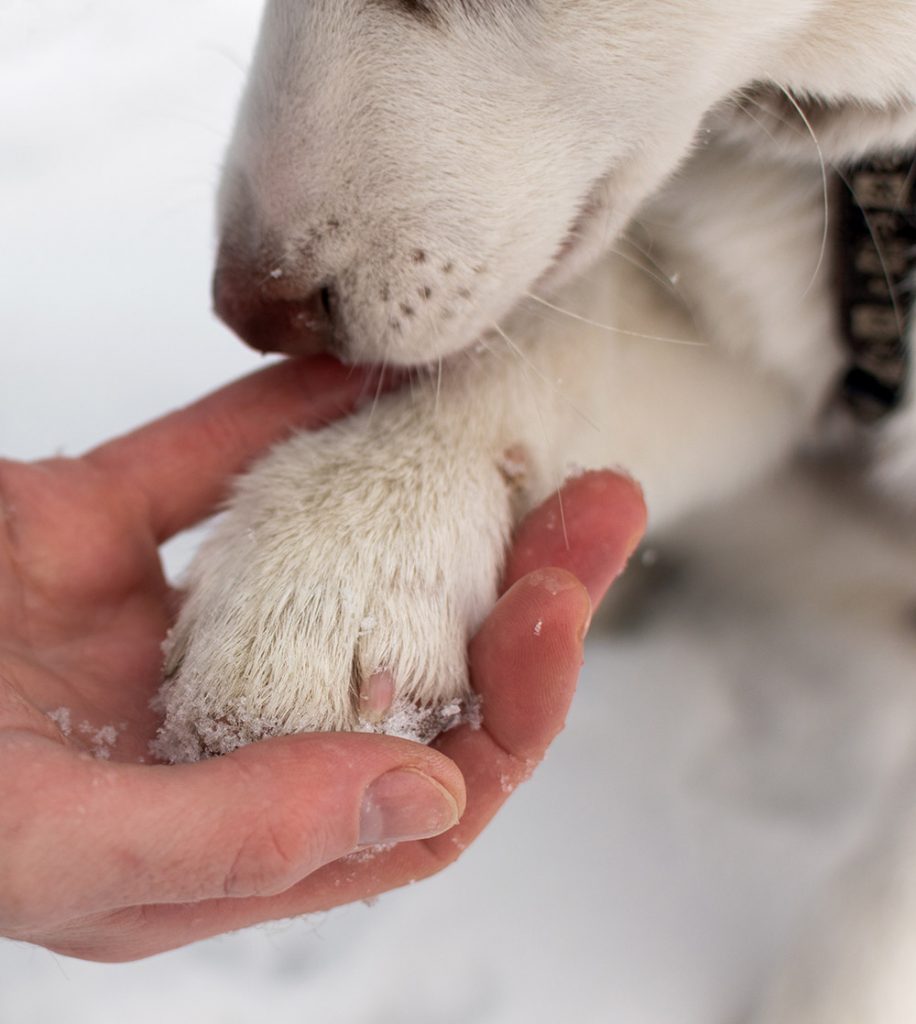
In the next section, a closer look at animal nests.










